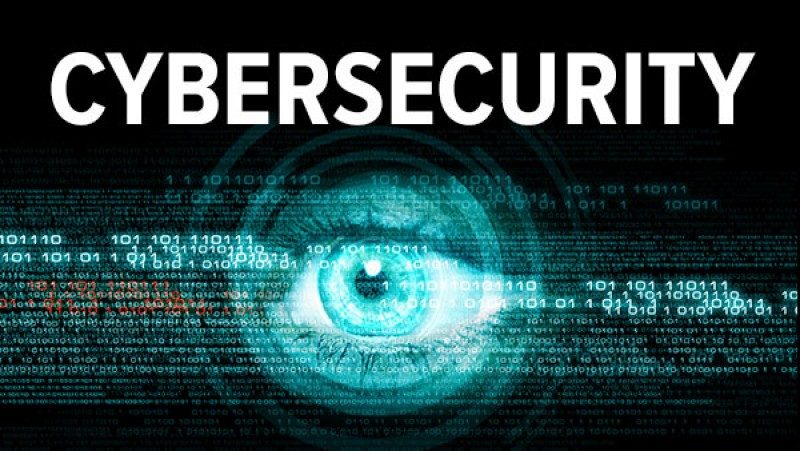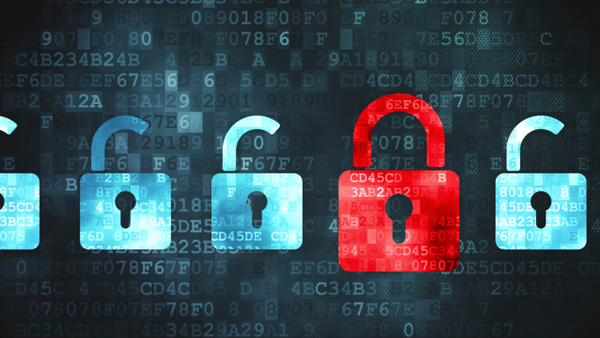In the Internet age, characters are of course inseparable from cybersecurity. This career is also very important in the future! So what is network security? What is the concept of security? Cybersecurity includes policies and practices for preventing and monitoring unauthorized access, misuse, modification, or denial of computer networks, and resources accessible to the network.
Network security involves the authorization of access to data in the network, which is controlled by the network administrator. Users select or assign IDs and passwords or other authentication information to allow them to access information and programs within their scope of authority. Cybersecurity covers a variety of public and private computer networks used in everyday work; transactions and communications between businesses, government agencies and individuals.
What are the main factors that threaten cybersecurity? The security threats faced by computer networks can be roughly divided into two types: one is the threat to the network itself, and the other is the threat to the information in the network. Threats to the network itself include threats to network devices and network software system platforms; threats to information in the network include, in addition to threats to data in the network, threats to information system applications that process such data.

Network security starts with authentication and usually uses a username and password. Since this only requires a verification of the username, the password, this is sometimes referred to as single factor authentication. Use two-factor authentication, also use what the user “owns” (for example, a security token or “dongle”, an ATM card or a mobile phone); and use three-factor authentication, also using the user’s ‘yes’ (for example, fingerprints) Or retina scan).









